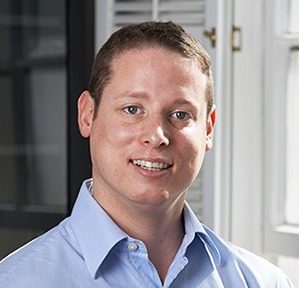Usually, people work as either a self-employed individual or an employee for a business. Nevertheless, there...
The Marriage Allowance is available to qualifying married couples and those in a civil partnership where a spouse or civil partner is a non-taxpayer i.e. has an income below their personal allowance (currently £12,500).
The allowance allows the lower-earning partner to transfer up to £1,250 of their personal tax-free allowance to their spouse or civil partner.
The marriage allowance can only be used when the recipient of the transfer (the higher-earning partner) doesn’t pay more than the basic 20% rate of Income Tax. This would usually mean that their income is between £12,500 to £50,000 in 2020-21. The limits are somewhat different if you live in Scotland.
If you meet the eligibility requirements and have not yet claimed the allowance, then you can backdate your claim. If you claim now you can backdate your claim for up to four years as well as claim for the current tax year. This could result in a total tax break of up to £1,188 for 2017-18, 2018-19, 2019-20, 2020-21 as well as the current 2021-22 tax year. There are many eligible couples who have still not made a claim since the allowance was introduced.
You are still eligible to claim if your partner has died since 5 April 2017. If your partner was the lower earner, the person responsible for managing their tax affairs needs to contact HMRC.
An application for the marriage allowance can be made online or by telephone. The application must be made by the non-taxpayer who is transferring their allowance. To benefit as a couple, the non-taxpayer needs to earn less than their partner and have an income of less than the personal allowance.
Worked Example
HMRC’s guidance provides the following example:
Your income is £11,500 and your Personal Allowance is £12,500, so you do not pay tax.
Your partner’s income is £20,000 and their Personal Allowance is £12,500, so they pay tax on £7,500. This means as a couple you are paying Income Tax on £7,500.
When you claim Marriage Allowance you transfer £1,250 of your Personal Allowance to your partner. Your Personal Allowance becomes £11,250 and your partner gets a ‘tax credit’ on £1,250 of their taxable income.
This means you will now pay tax on £250, but your partner will only pay tax on £6,250. As a couple you benefit, as you are only paying Income Tax on £6,500 rather than £7,500, which saves you £200 in tax.
To clarify, couples that are living together but are not married or in a civil partnership cannot claim the marriage allowance.
How to Claim
HMRC has a special portal where an application can be made for the allowance.
In order to apply you need both you and your partner's National Insurance numbers. You must also be able to prove your identity.
Making an application online is the easiest way to claim the allowance but you can also apply using Self Assessment if you send tax returns to HMRC or by sending an application in writing.
An open claim for marriage allowance should be cancelled if the claimant is no longer eligible due to income changes or the relationship ends.
If you have any questions about the issues raised in this article, we at Key Business Consultants can help. Get in touch with us today or call us directly on 02037 282 848.


